The Sears 35rf (not to be confused with the Sears 35|RF) is a Sears-branded variant of the Ricoh 500 RF, a compact rangefinder from 1980, and one of the last in the line of cameras that began with 1972’s 500 G. Like other cameras in the series (and I’m going to tire of writing this), it’s a shutter-priority or manual camera, with shutter speeds from 1/8th to 1/500th (plus B), ISOs from 25-800, and the excellent 40mm f/2.8 Rikenon lens. As a bonus, the fact that it’s a Sears-branded camera means that you can usually find one for about half the price of the Ricoh branded version.
For all practical purposes, the 35rf/500 RF is identical to 35|RF/500G. They’re all rangefinder compacts. They all share the same lens/aperture/shutter/meter.* They all have a self timer. The 500 G and 500 RF came in silver, with some black covering on the body; the 35|RF and 35rf are all black.**
But despite near identical functions, there are some minor differences in form.
The 1980 Ricoh Compacts (the 500 ME, 500 RF/Sears 35rf, 500 ST, and 500 ZF) were all made in Taiwan, and have much more plastic than previous models. They retain the simplified rear door that first appeared on the Ricoh 35 ZF and 35 ZF ST in 1976, but have a new top cover with a plastic hump around and under the hot shoe. The shutter release was also simplified, losing its wide, softly rounded, very comfortable top, and becoming a thin, plastic straw.
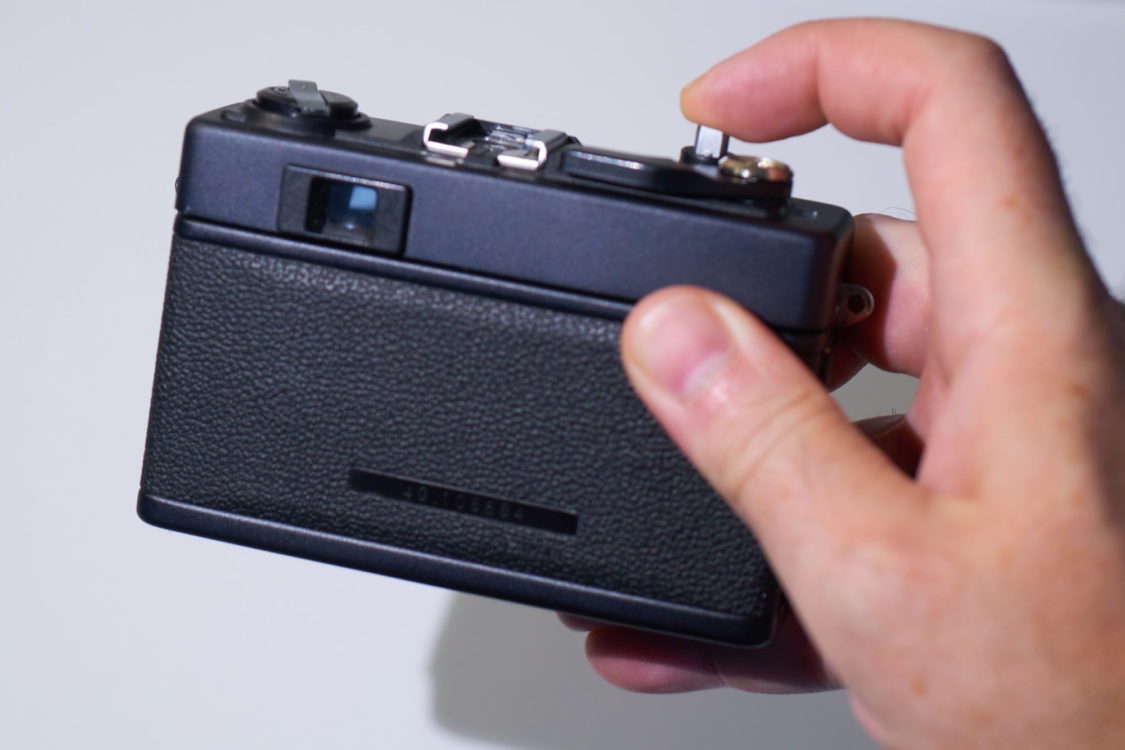
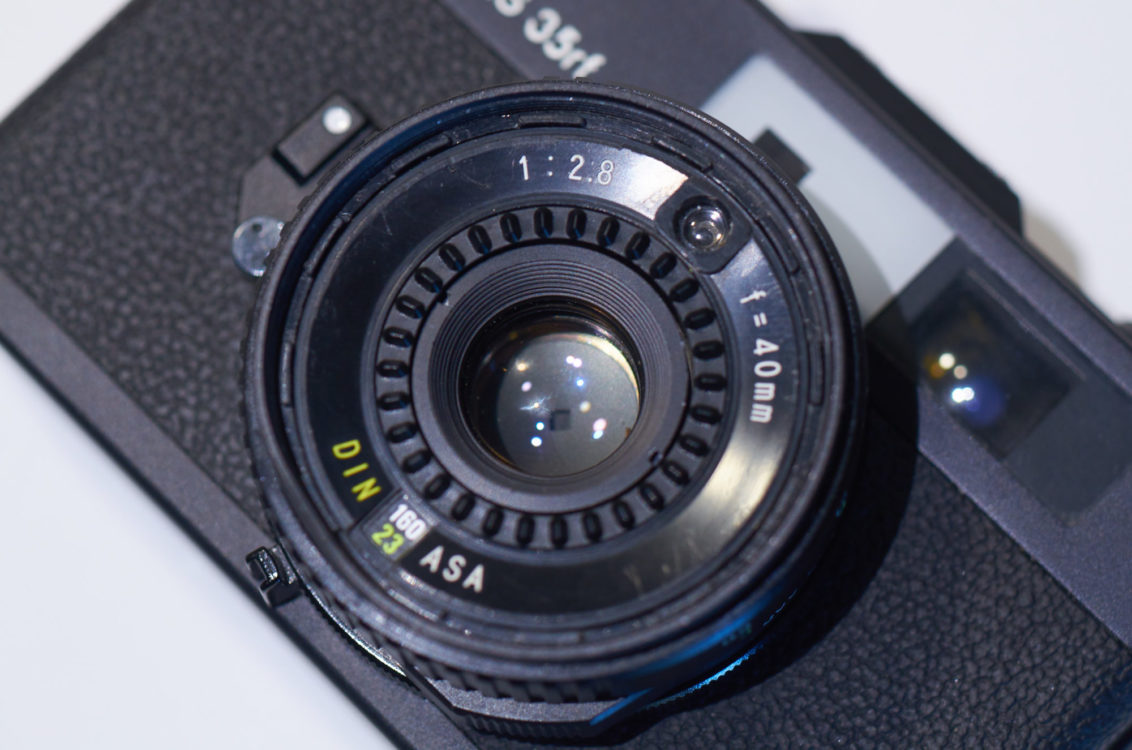
It’s not all bad. The aperture ring has a little knob on the bottom, making it much easier than earlier models to change the aperture on the fly, and the redesigned top means a new frame counter window that is somewhat easier to read than earlier models, white letters on a black dial instead of black letters on a silver dial.
The 1980 models are also slightly taller than the original versions, with more rounded corners and edges. They still look boxy, square, picture-making boxes, but they’re a little bit softer. This doesn’t make much practical difference, both styles feel fine in the hand, though I have a slight preference for the original 500 G / Sears 35|RF body.
This camera arrived with a misaligned rangefinder and a non-functional meter, and, of course, needing new seals. Thankfully, the seller refunded part of my money, and I had several evenings of fun disassembling, calibrating, reassembling (incorrectly), disassembling again, re-calibrating, re-reassembling, cursing, throwing things, dis- and re-assembling again, again…
The one thing that kept me going was the fact that these cameras were assembled by human hands, and so human hands should be able to repair them, right? Well, the hands that assembled these were likely somewhat smaller and more dextrous, and the persons they belonged to were more skilled, than the then-39 year old Texan wielding the trembling meathooks that “fixed” this one… Here, for example are some pictures from the time where I messed up the shutter and the leaves came loose and started floating around…
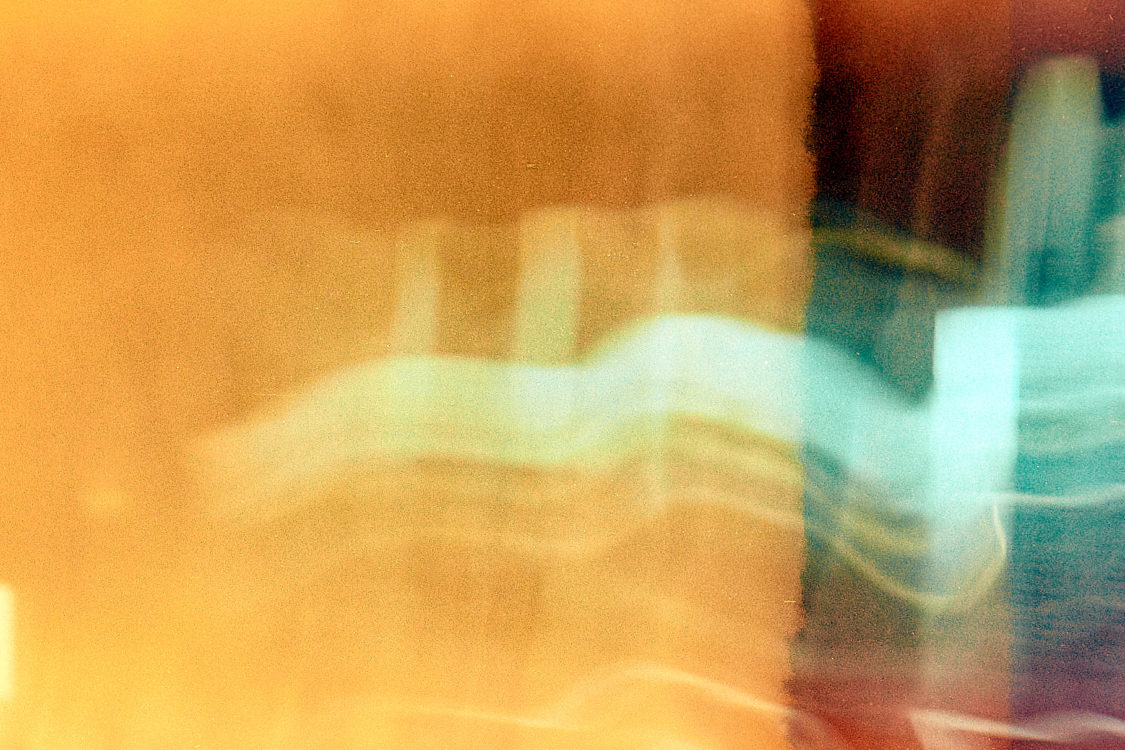
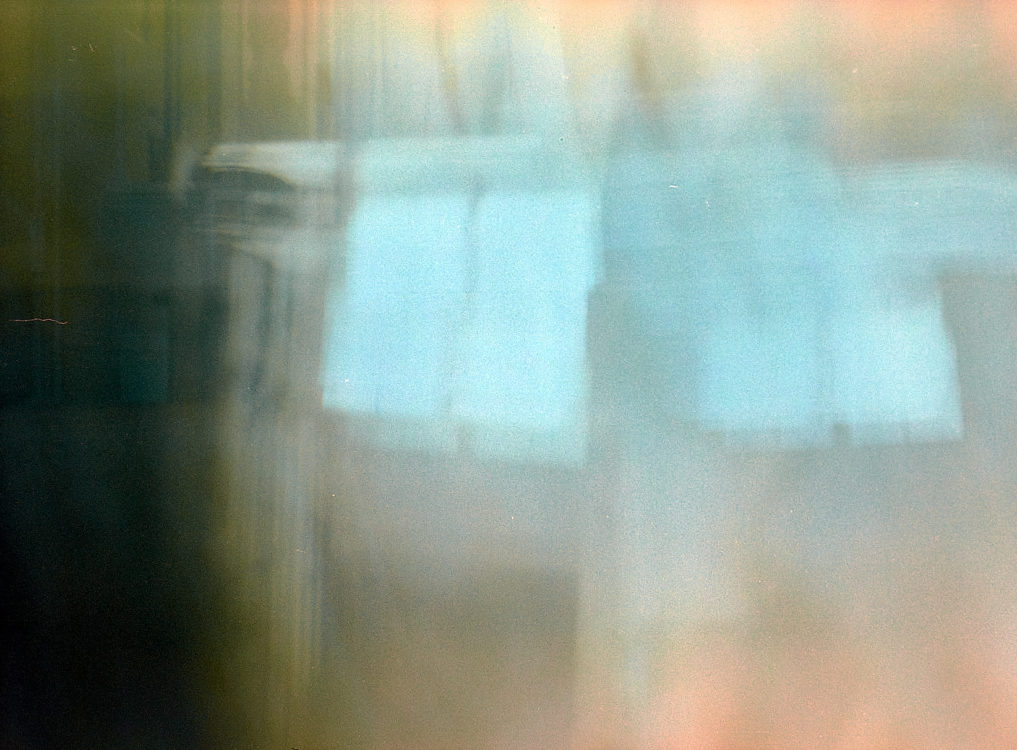
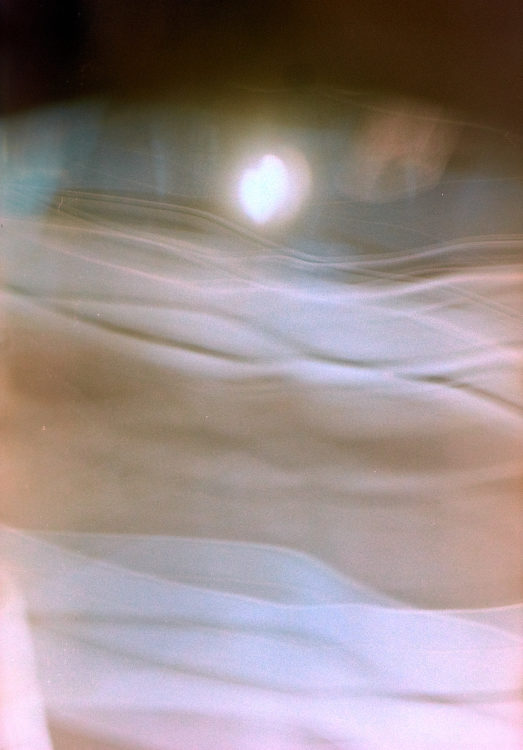
Fun times with camera repair!
Anyway, I got it all back together, and it works (mostly) now, as you can see from the pictures below. I lost the little ball bearing that made the shutter speed click stops, and somewhere in my repair journey, the A mode stopped functioning… Oh well, the meter works and is accurate, the rangefinder is calibrated and focusing is spot on, and it still works fine in manual mode.
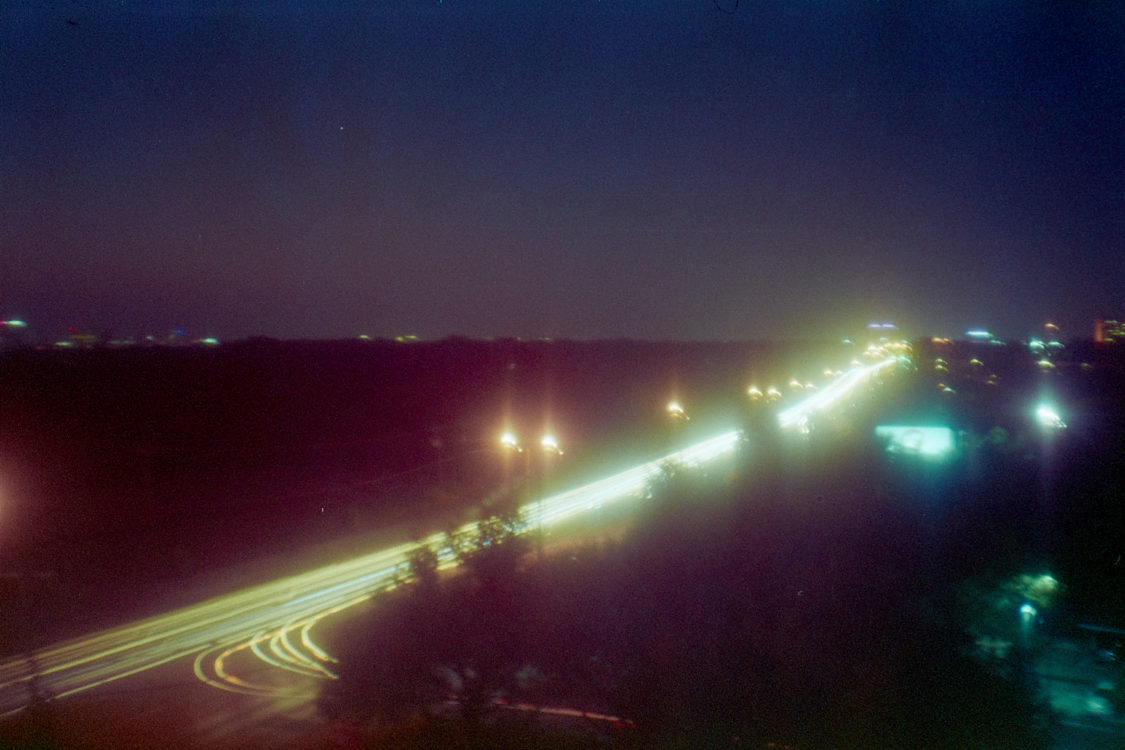
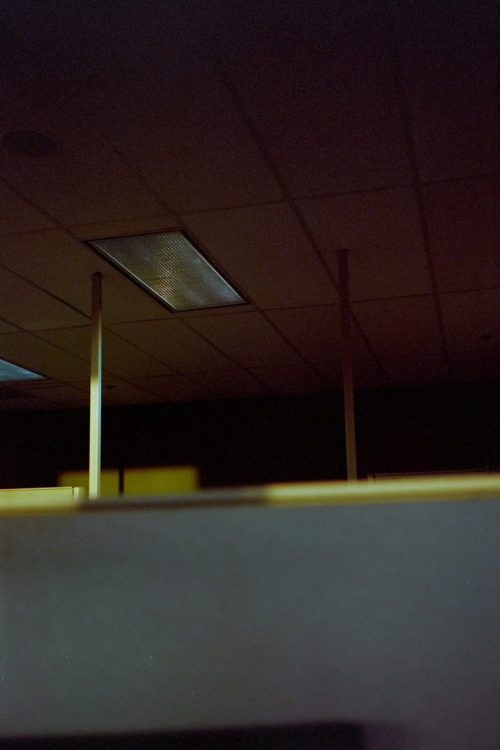
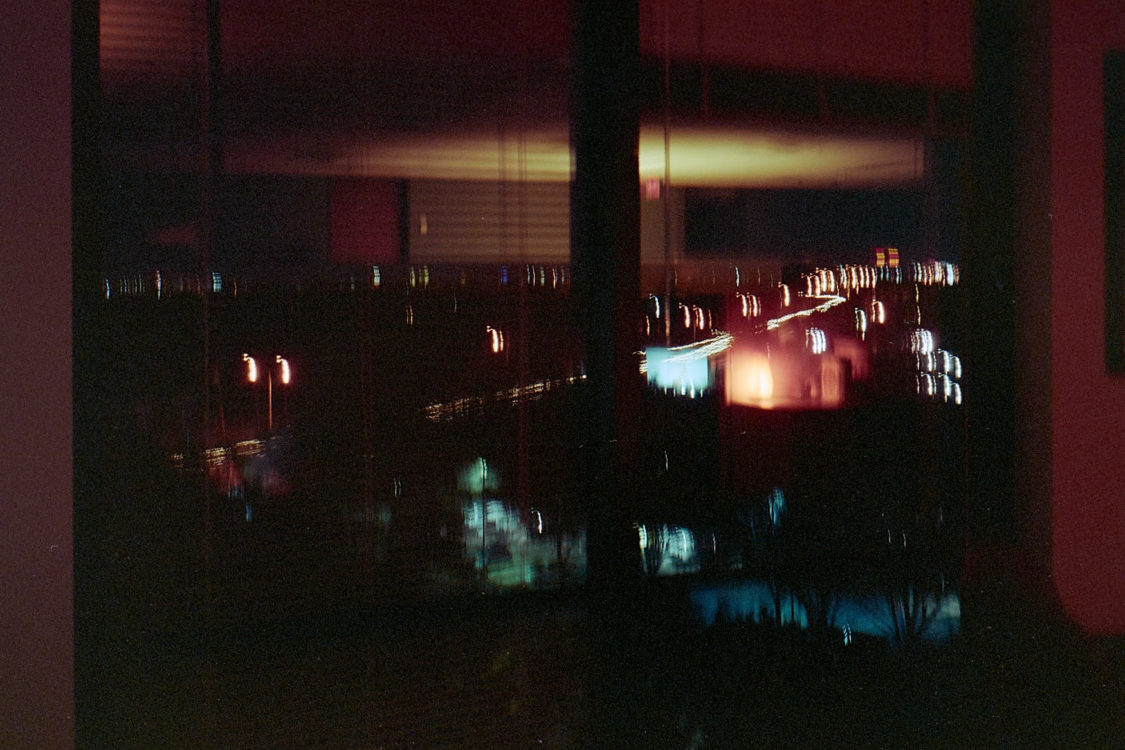
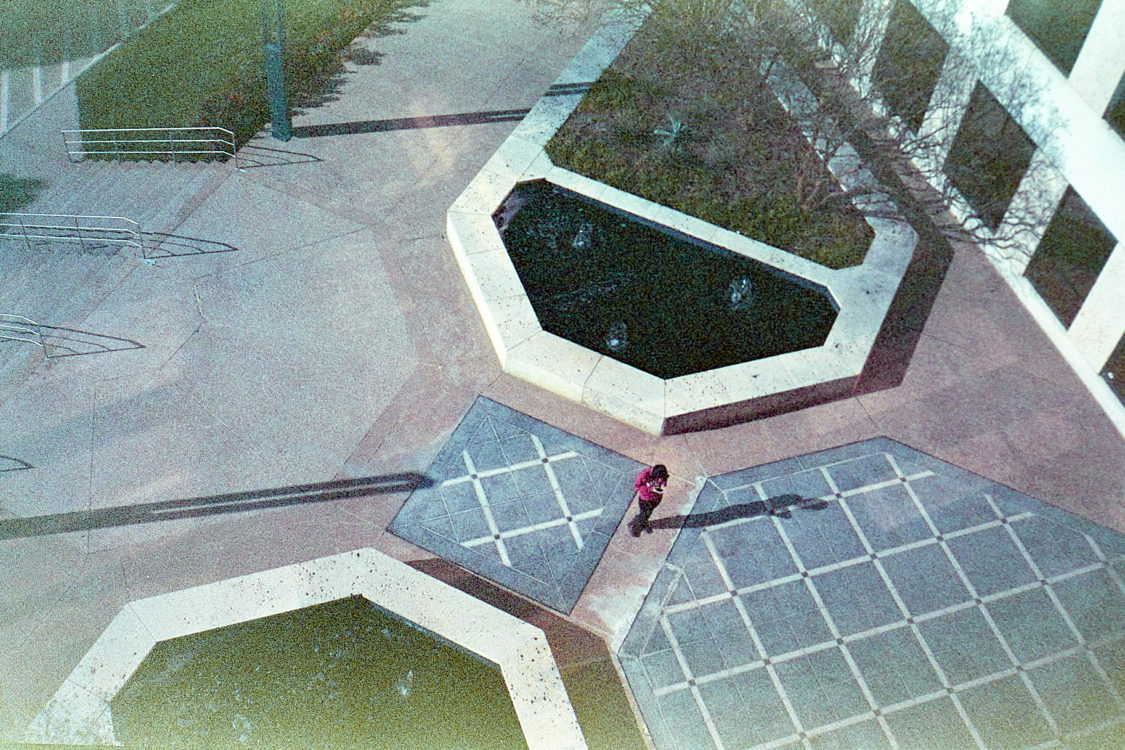
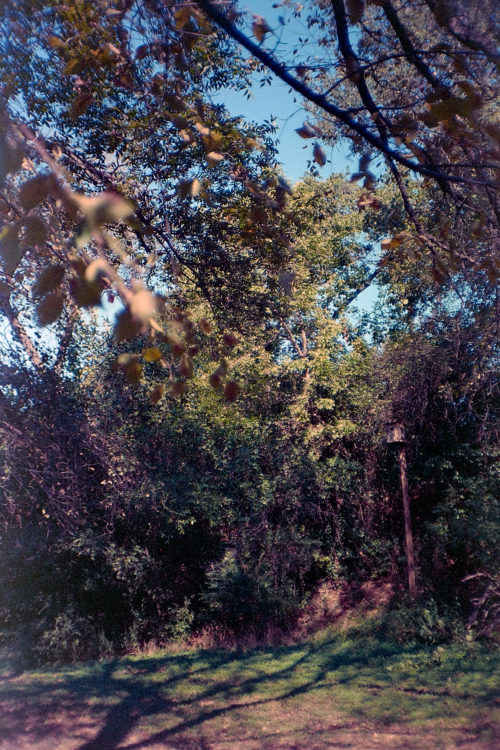
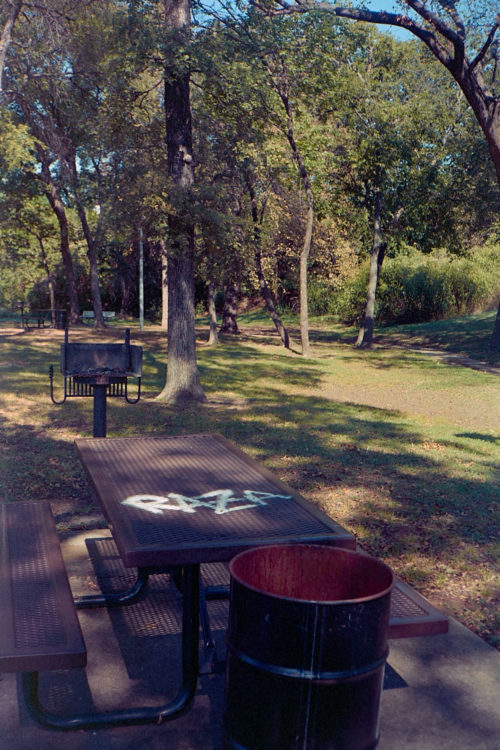
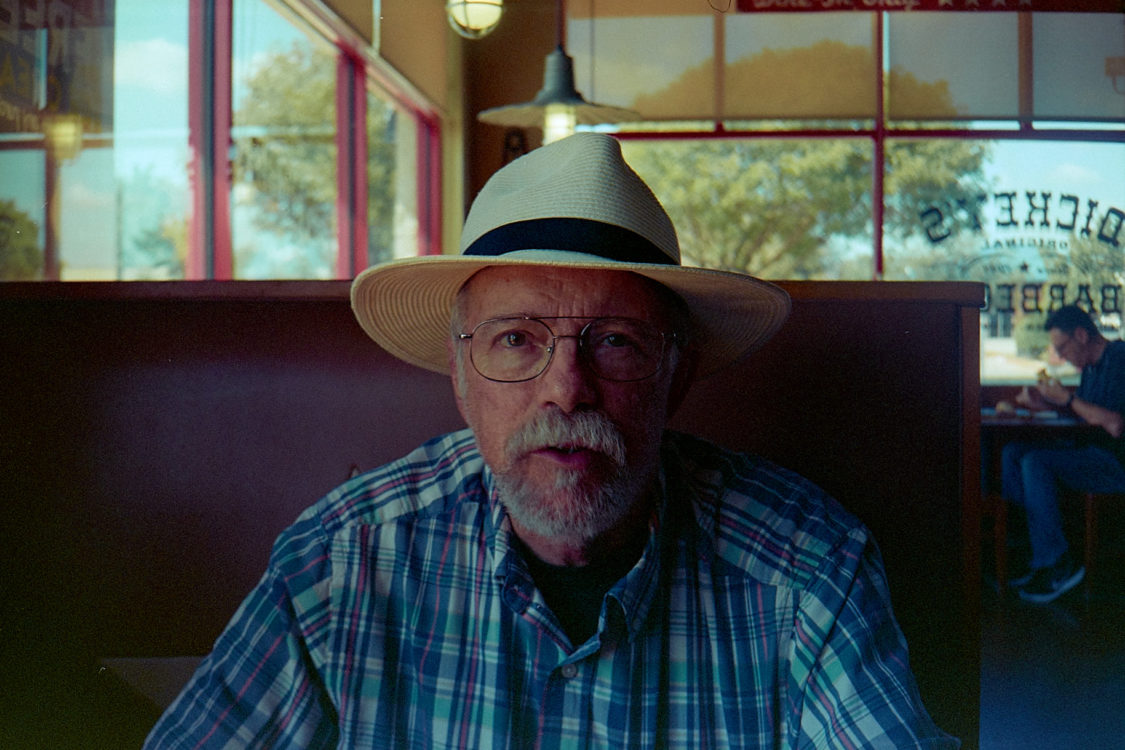
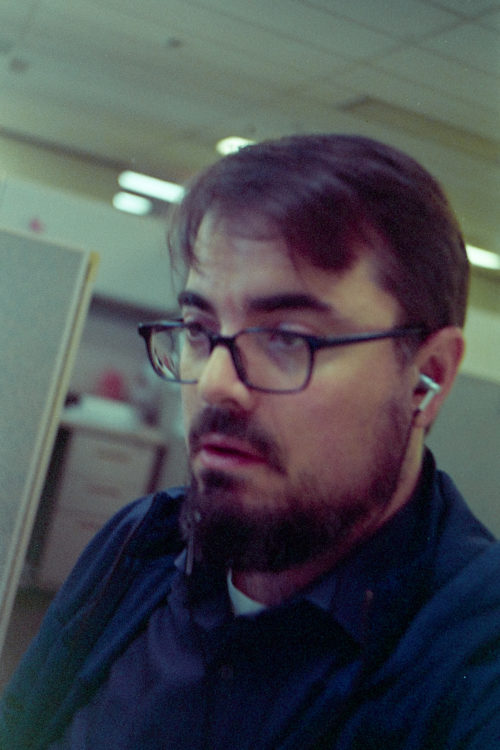
(You can see more from the Sears 35rf here.)
Given all the trouble I had with this camera, I have something of a soft spot for it. It’s a competent shooter, and everyone needs a full manual rangefinder camera with a competent meter, especially one as easy to shoot as this one. Despite that soft spot, it spends most of its time sitting at the back of the camera shelf, largely forgotten.
| Purpose | |
| Price | |
| Craftsmanship | |
| Ease of Use |
Overall, I’d give this specific camera 3 stars. Fully functional Ricoh 500 RF and Sears 35rf cameras probably get about the same from me. They’re great cameras, for sure, but they’re just a bit too simple, I think, and I had so much trouble with this one that it soured my opinion of this model.
The 35rf and 500RF weren’t particularly popular cameras in their day, but you can usually find them on the ‘bay for $20-$30 (for the Sears version) or $50 for the Ricoh. Don’t pay more for either in 2018. (If you’re reading this at some later date, prices have likely gone up, or down…). They’re good cameras, for sure, and worth snatching up from thrift or antique stores if you see one for a reasonable price.
*Well, the 1980 line might have some upgraded coatings on the lens, but I’ve been unable to verify that with any certainty.
**I think I saw a black 500 RF somewhere, but I know the 500 G was only in silver.
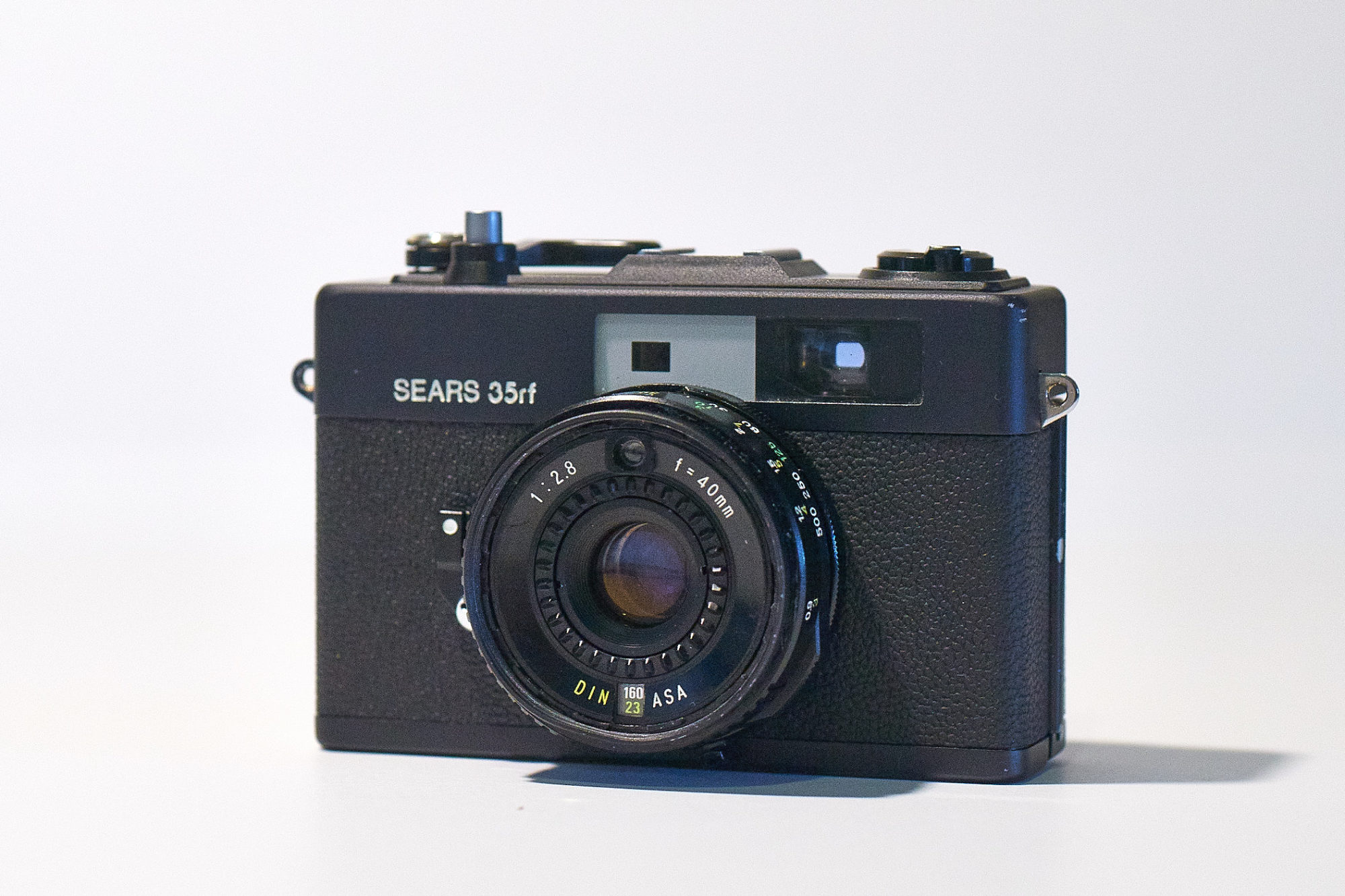
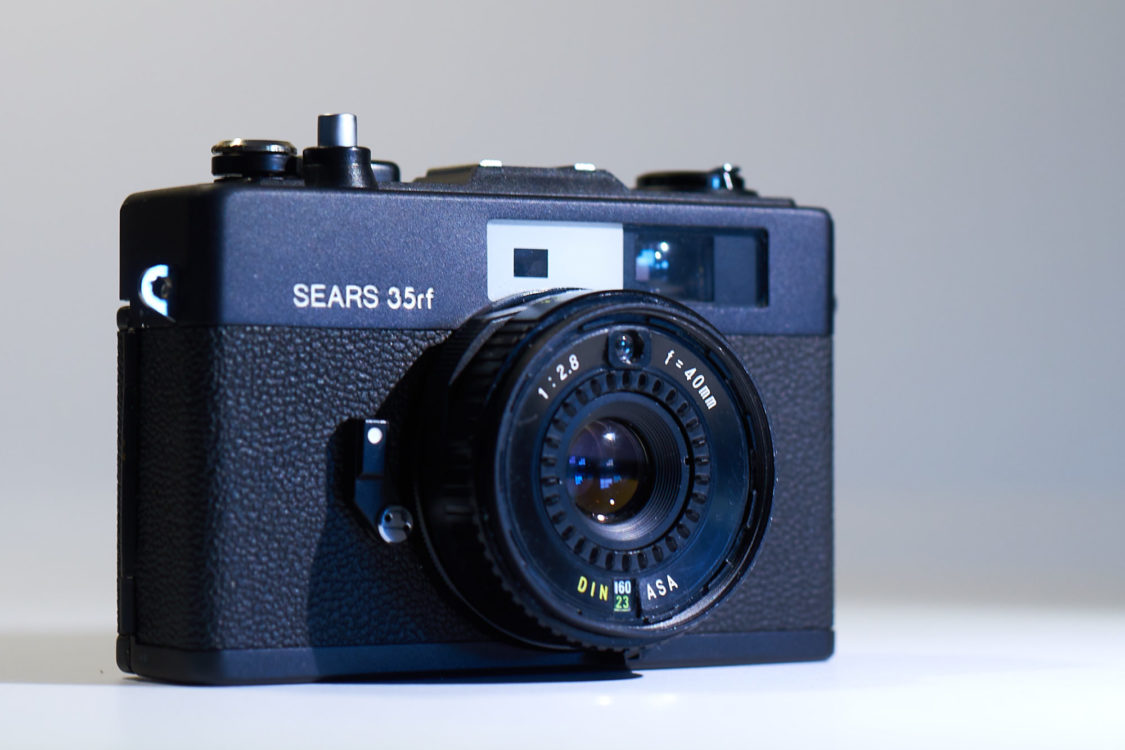
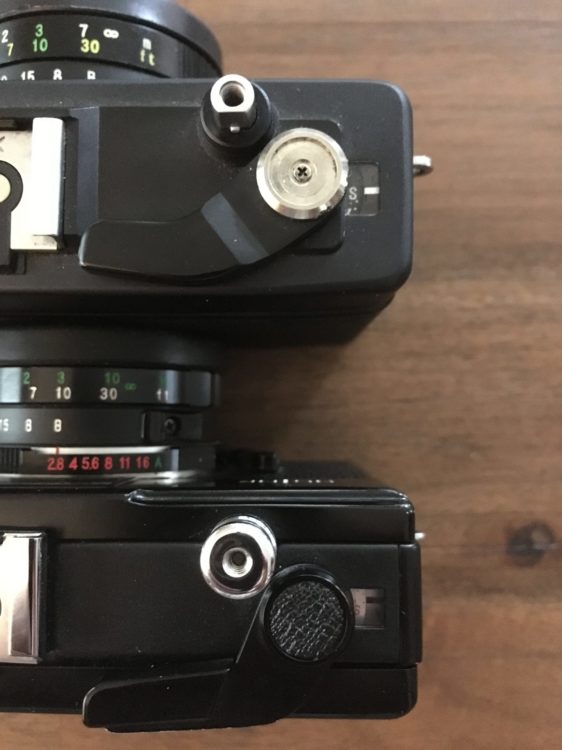
James, thanks for writing all these articles up. You mention adjusting the rangefinder and meter. Do you by chance have a source for instructions on how to do that?
Cheers – Monty
Hey Monty! Thanks for reading and reaching out.
I don’t have any links to instructions or anything. Apologies. I was helped along and given confidence by several previous camera repair failures and one or two successes.
If I recall, the camera comes apart easily. I think there are screws for adjusting the rangefinder under the top cover. I think there’s one for horizontal and another for vertical alignment.
As for adjusting the meter, I have no real recollection. The ISO dial adjusts a little aperture that adjust the amount of light that the meter can see. This aperture can get wonky and stuck, I think, and iirc it’s not directly connected to the ISO lever thingy. I thought I posted some pictures of the disassembly, of one of them, and I guess not.
I’ll hunt around and if I find the pictures of disassembling the lens, I’ll share them.
Do you have any recommendations for a battery for the 1980 Sears 35mm rf camera’s light meter? I possess one of these cameras, given to me from my grandfather brand new back in ~1980/81. I haven’t shot it in years, though it should still be in operable condition if the light seals haven’t failed. My recollection is that the last time I looked the required batteries were no longer available. I anticipate battery replacements would have eventually been engineered. I could imagine going out and shooting with this for a day of nostalgia. If batteries are not possible for this guy I could always use an external light meter or even just eyeball it from experience.
Hey Jack! The 1980 Sears version was a later model and shares the upgraded guts and battery requirements of all models made after 1978 (if I recall correctly).
I use commonly available a76/sr44 batteries (usually the Energizer 357 variety) with no issue in my Ricoh 500 ME (which is essentially the same camera as the 35 rf, with a few upgrades).
Wow. I missed this reply from 2023! I looked at this webpage today and so, I’m just reading this today for the first time!
For anyone finding this post in the future, here’s what I found in regards to my Sears 35rf.
The Ricoh 500rf user manual says to use PX675 mercury batteries (1.35 volt nominal)
The most direct replacement is 675 Hearing Aid batteries (1.4 volt nominal). The biggest drawback is that they go bad over time whether you use them or not.
LR44 alkaline batteries are the same size, and also work, but may underexpose as the battery dies due to a more sloped discharge curve.
I haven’t tested SR44 silver batteries, but they’re probably better than LR44 because they have a flatter discharge curve.
I tested my camera with a fresh and a near-dead LR44. The fresh LR44 (measured at 1.55v) gave the same meter reading as the hearing aid battery (measured at 1.3v). The meter reading for the near-dead LR44 (measured at 1.23v) underexposes by one stop compared to the other two batteries.
Also notable is that old camera meters can lose calibration (if they were accurate to begin with). In the f/4-11 range, the meter in my 35rf overexposes by 0.5-1.5 stops depending on the light intensity. Outside of that range, it loses even more accuracy.
The main thing I’ve learned with old cameras like this is to not expect perfect metering, and then be pleasantly surprised when you get a really great exposure.
Thank you, Erik! I used SR44 batteries with all my Ricoh compacts without issue. I suspect that you would have good results with SR44s too. They last a long long time in my Ricohs, like years. If there is any exposure variance on mine, I guess I got used to the exposure characteristics and/or compensated in post. Given my hybrid process—I scan film with a digital camera and convert to positive in Capture One Pro—one stop here or there is rarely the end of the world for me.